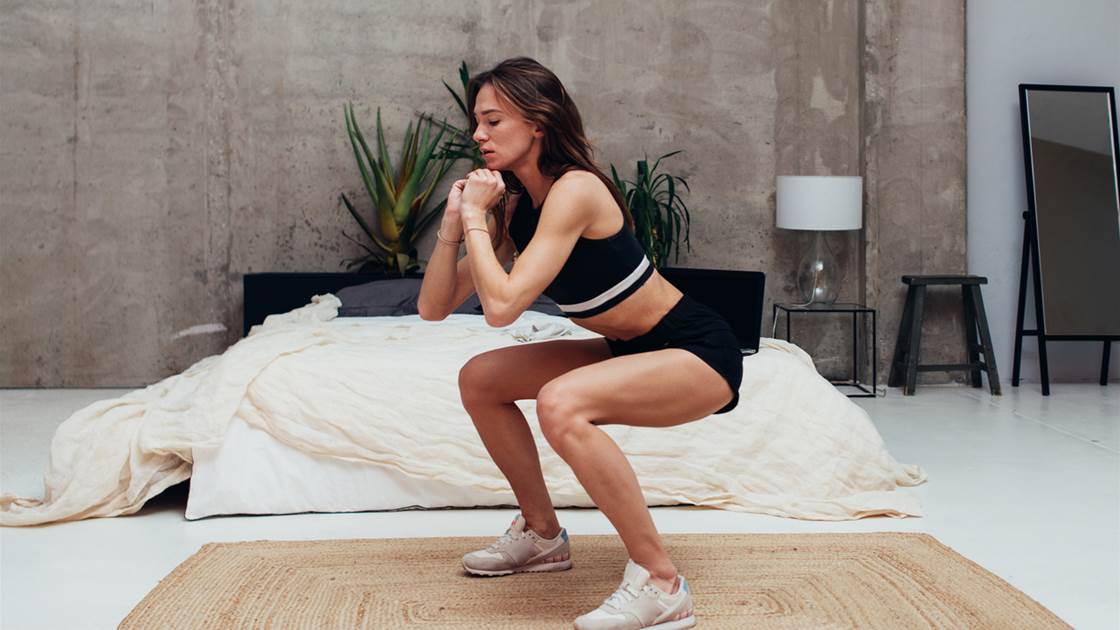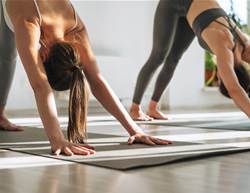Whether you realise it or not, you’ve probably done a squat today. Using the bathroom, bending to pick something up or lowering into a chair are all forms of squats. At the gym, repeating them in sets might spark concern about whether they’re harmful for your knees. The truth? Squats are a fundamental movement for maintaining strength, mobility and long-term joint health, says certified personal trainer Noelle McKenzie.
“You need to be able to squat to get in and out of a car or a chair,” McKenzie explains. “As soon as you lose that ability, you become far more immobile and vulnerable to falls.” With that in mind, here’s what experts say about the relationship between squats, knees and joint health.
Are squats bad for your knees?
On the whole, squats are not bad for your knees. In fact, they’re one of the best moves for keeping your joints lubricated and mobile, explains physical therapist Claire Whitlock. “Squats are an essential movement for daily life and are perfectly safe when performed correctly,” she says.
Some people, Whitlock adds, benefit from a movement analysis to improve their squat technique. Fine-tuning alignment, adjusting weight distribution or learning modifications can reduce discomfort and make the exercise safer.
If you’re dealing with acute knee or hip injuries, it’s best to approach squats carefully and ideally under the guidance of a physiotherapist or trainer, says McKenzie. Even then, most people can safely perform a modified version that matches their ability.
“Squats can usually be tailored to meet most fitness levels,” McKenzie says. “The key is learning how to move with control and confidence.”
Benefits of squats for knees
“Squats take knees through a full range of motion—from a full bend to straight—so they are an excellent movement to help improve or maintain mobility,” explains physiotherapist Milicia McDowell. They also activate the hamstrings, quads, glutes and core, making them a “comprehensive way to train your lower body,” she adds.
Squats do more than work the legs. They strengthen the hips, support balance and because they’re weight-bearing, they help maintain bone density, says Whitlock. That’s an important factor in lowering the risk of osteoporosis.
Research backs this up. A 2019 study found that participants with osteoarthritis who performed static, low-angle squats over two years reported less pain, along with improved range of motion, muscle strength and knee stability.
Squats and ACL injuries
An ACL injury—a tear or sprain of the ligament connecting the thigh and shin bones—often brings pain, swelling and mobility challenges. That’s why squats are a cornerstone in ACL rehabilitation.
“I’ve used countless squat variations to help patients rebuild strength after ACL surgery,” says McDowell. “Mini-squats are one of the first movements we introduce because being able to sit in a chair or use the bathroom—both forms of squats—are essential for independence.”
How to squat correctly
Proper form is the key to avoiding injury and getting the most out of your squats. “There are several ways to perform a squat,” says Whitlock. “But the most basic form looks like this:”
- Stand with feet shoulder-width apart, weight evenly distributed
- Gently engage your core as you extend arms forward and bend your knees
- Hinge your torso forward slightly while lowering with control through your hips and thighs
- Keep your spine neutral and knees aligned with your toes
- Press through your feet to rise back up to standing
Squat modifications
Squats can be adapted to suit most abilities. Our experts suggest:
- Chair squats: lower into a seat for support
- Wall squats: lean against a wall to reduce strain
- Wider stance: helps with stability and balance
- Props: place a ball between the knees for stability or use a resistance band around the thighs to reinforce alignment
These options allow you to keep building strength while working within your comfort zone.
Why does it hurt when I squat?
If squats cause pain, form is often the culprit. “At the most basic level, discomfort during squats signals improper technique,” says McDowell. In some cases, it may point to joint dysfunction, muscular strain or instability, adds Whitlock.
If squatting remains painful, experts recommend having your movements assessed by a professional who can adjust your form, suggest modifications and help you progress toward pain-free, functional movement.










